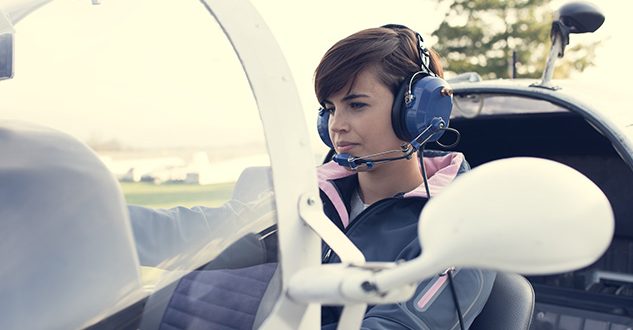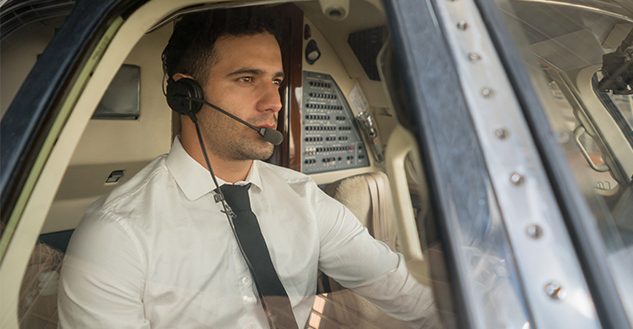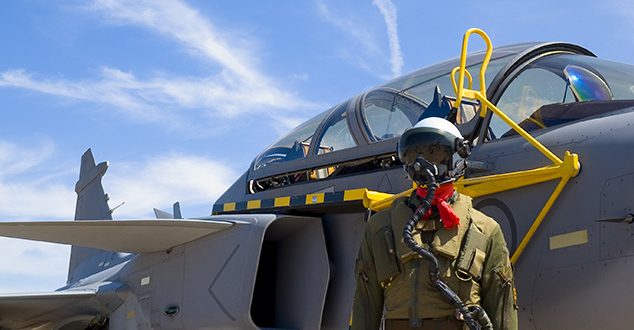Steps to Become a Pilot
Paragon Flight makes completing the steps necessary to become a pilot easy. We will meet your current training status with appropriate customized courses and stellar training components, including flight instructors, curriculum, aircraft, and more.
Why Paragon Flight
 Paragon Flight offers pilot training at Fort Myers and Punta Gorda in Florida and LaGrange in Georgia. We operate under dual FAA Federal Aviation Regulations (FAR), Parts 61 and 141. The conditions at our locations welcome flight opportunities, with over 350 days of perfect flying weather at our Florida locations and 300+ at our Georgia satellite, the newest in our aviation training empire.
Paragon Flight offers pilot training at Fort Myers and Punta Gorda in Florida and LaGrange in Georgia. We operate under dual FAA Federal Aviation Regulations (FAR), Parts 61 and 141. The conditions at our locations welcome flight opportunities, with over 350 days of perfect flying weather at our Florida locations and 300+ at our Georgia satellite, the newest in our aviation training empire.
Each location also provides runways for training, modern facilities, and every other aspect of flight training. Paragon Flight can accommodate your training efforts if you need a highly structured full-time course or a more flexible part-time endeavor. Schedule time with the Chief Flight Instructor when you’re ready to create your custom program.
Starting from Scratch
If you want to begin your pilot journey, you’ll pursue a Private Pilot License (PPL). Paragon Flight breaks down this process into separate phases, starting with a Discovery Flight and On-Boarding Meeting. The Discovery Flight is a mini-lesson that allows you to learn about the school and our processes. It culminates in a flight lesson that will count toward flight time.
Your On-Boarding Meeting will allow you to review goals, scheduling, and budgeting. We will explain how every dollar will be spent and assign a flight instructor. Then, participants complete the following stages:
- Stage One – Fundamentals of flight training (20-30 hours of flight time)
- Learn the basics of flight
- Aircraft terminology
- Principles of flight
- Airport operations and airspace
- Radio and communications
- Weather
- FAA regulations and rules
- Checklist usage
- Flight maneuvers, takeoff, and landing
- Complete your first “stage check” before your first solo flight
- Ensure the correct pace of training
- Quality control for instructors
- Exposure to the testing environment
- Build confidence and skills
- Ensure readiness for first solo flight
- Learn the basics of flight
- Stage Two – Advanced/Solo Flight Training (10-15 hours of flight time)
- Continue to improve flight skills
- Landing
- Cross-country navigation
- Preparation for the next two solo cross-country flights
- Preparation for supervised night cross-country flight
- Complete your second stage check before solo cross-country flights
- Continue to improve flight skills
- Stage Three – Examination and Testing (10-15 hours of flight time)
- Complete final solo flights and all requirements remaining
- Focus on final preparation for FAA verbal and practical check ride
- End of Course (EOC) Flight – very similar to the FAA flight exam.
Once you have a Private Pilot License (PPL), you can choose to putter around with that license on clear days, or you can take it a step further and earn an Instrument Flight Rating (IFR) that will allow you to fly in non-visual conditions by teaching you to use the navigation and communication systems of aircraft.
You can also add a multi-engine rating or pursue a Commercial Pilot License, Single-Engine, or Multi-Engine (CSEL/CMEL). Commercially licensed pilots will benefit from becoming a Certified Flight Instructor (CFI) to enter the profession, hone their skills, and accumulate flight hours for future endeavors.
Click here to take the steps to become a pilot at Paragon Flight with a course crafted for your situation.




